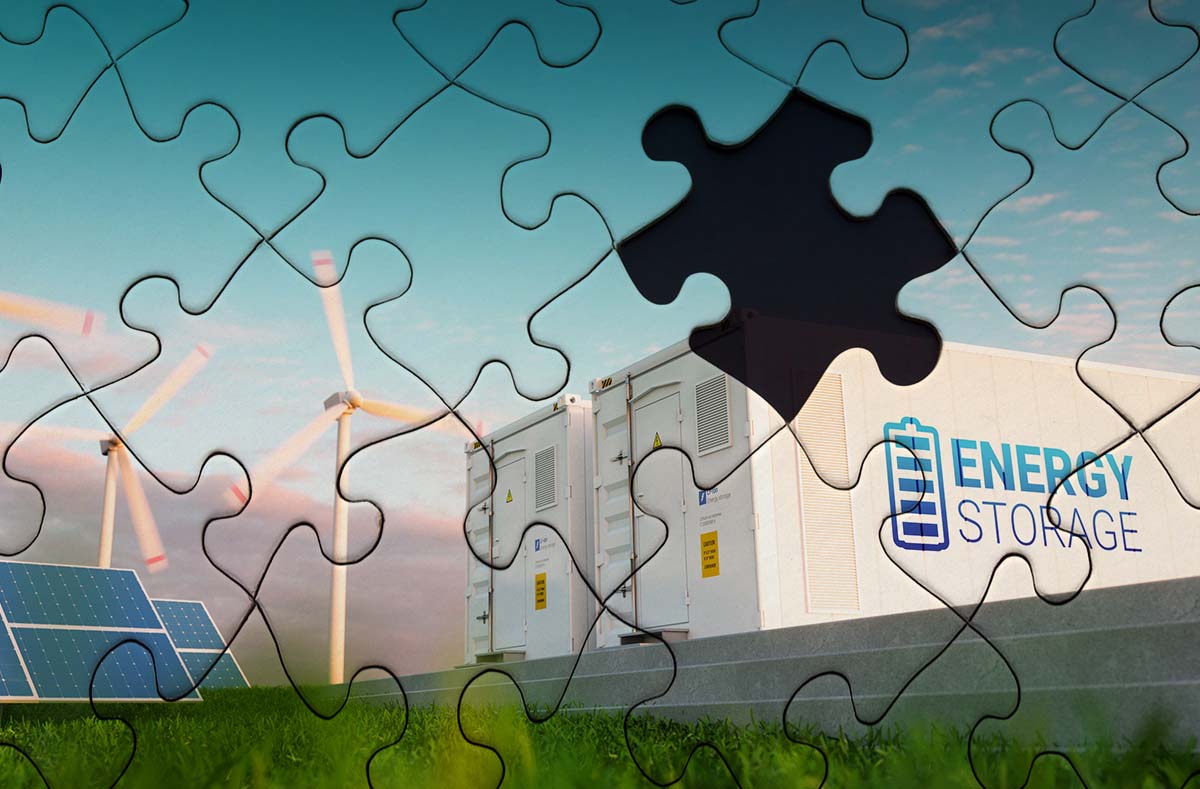Today, we are seeing a record-breaking number of renewable energy installations making headlines across Asia, not only in developed markets such as China and India, but also in upcoming markets such as Viet Nam and Türkiye. In 2019 alone, Viet Nam added a whopping 4.5 gigawatts (GW) of solar photovoltaic (PV) capacity driven by subsidy program;1 while Türkiye registered a cumulative solar PV and wind capacity of 14 GW, which now represents 15% of its total installed capacity mix.2
However, investment in the supporting grid infrastructure isn’t developing on the same pace as rapid renewable energy expansion in these countries. As the sun doesn’t shine all the time nor is the wind always available and at constant intensity, pressure is mounting for grids to boost their flexibility and resilience in order to accommodate the variable nature of solar and wind energy.
Battery storage is seen as a key enabler for the greater uptake of renewable energy until other new technologies arrive (e.g. green hydrogen). They can store renewable-based electricity at times when it is not needed and release it at times of high demand. They can also act as “relieving valves” to compensate for the disturbances caused by variable supply, thereby providing a source of flexibility and resilience.
Although batteries have been widely used for consumer electronics such as mobile phones and digital cameras since the 1990s, it was not until recently that the application of battery storage in the power sector started to gain traction due to the growing commercial viability of lithium-ion batteries. According to Bloomberg New Energy Finance (BNEF), a total of 7 GW/14 Gigawatt hour (GWh) energy storage capacities were deployed in 2018 and 2019, which is six times the size of all commissioned capacities combined by end-2017. Of the 2018 deployment, 93% was lithium-ion based.3 This is mainly driven by the fact that the cost of lithium ion batteries went down substantially by about 60 percent to 70 percent over the past decade,4 thanks to the economies of scale achieved through the mass production of electric vehicles.
The Asia Pacific region is currently the largest regional market for energy storage. Benefiting from its world-leading battery supply chain, the region accounts for around 52% of global cumulative capacity in 2019 (in megawatt terms).5 So far, however, deployments are mostly concentrated in the Republic of Korea, China, Australia and Japan. Besides these markets, only India, the Philippines and Thailand have launched their first pilot projects in integrating batteries to grid.
There is enormous need and potential for Asia to scale up the adoption of battery storage. BNEF estimates a market size of over 400 GW/1100 GWh for the region by 2040, which would require an investment of more than USD260 billion.6
However, turning Asia’s potential into reality would require removal of some critical barriers:
- Local regulatory framework and market design need to be adapted to nurture this new technology.
- The industry needs to continue investing in research and development to deliver further cost reductions.
- Tremendous efforts and resources are required to increase awareness and build capacities among key stakeholders.
- Environmental and safety risks associated with the operation and recycling of batteries need to be alleviated through technology standardization and value chain management.
While these barriers are being addressed, the Asian Infrastructure Investment Bank (AIIB) is starting to play a role in building the battery storage market in the region by supporting market front-runners and early adopters through both debt and equity instruments. In May 2019, we approved USD 75 million to the Tata Cleantech Sustainable Infrastructure On-lend Facility in India which includes energy storage as one of the targeted investment areas. Moreover, in November 2019, we approved USD100 million to the SUSI Asia Energy Transition Fund. The fund aims to provide equity finance to green energy solutions in Southeast Asia, including energy storage, leveraging SUSI Group’s extensive experience on energy storage projects in North America and Australia.
We are confident this is only the beginning and look forward to working with our member countries, utilities and private sector to mainstream battery storage and renewable energy in the region.
1 The ASEAN Post. November 2019. https://theaseanpost.com/article/vietnam-leading-aseans-solar-pv-market.
2 Daily Sabah. February 2020. https://www.dailysabah.com/energy/2020/02/13/renewables-account-for-almost-half-of-turkiye-installed-power.
3 BNEF. 2020. 1H 2020 Energy Storage Market Outlook.
4 IRENA. 2017. Energy Storage and Renewables: Costs and Markets to 2030. https://www.irena.org/-/media/Files/IRENA/Agency/Publication/2017/Oct/IRENA_Electricity_Storage_Costs_2017.pdf.
5 BNEF. 2020. 1H 2020 Energy Storage Market Outlook.
6 BNEF. 2019 Long-Term Energy Storage Outlook.
*Note that energy storage discussed in this blog article does not include pumped-hydro storage.


